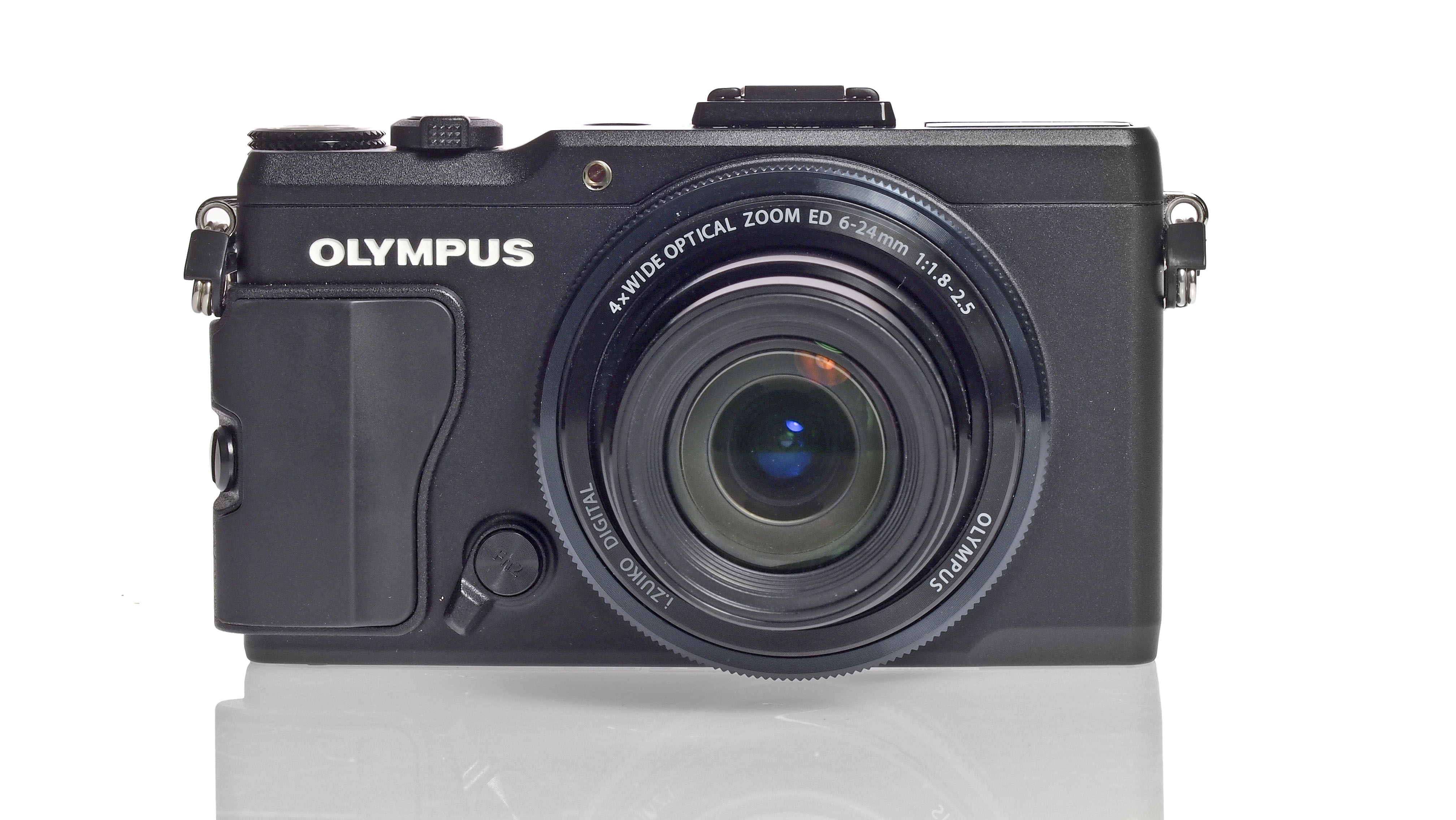Why you can trust TechRadar
Images taken using the XZ-2 at the base ISO have clean details and accurate colour interpretation. This continues up to ISO 800 when noise becomes noticeable and finer details are lost.
Tonal graduation is threatened after ISO 1600, and at ISO 2500 there's lots of noise.
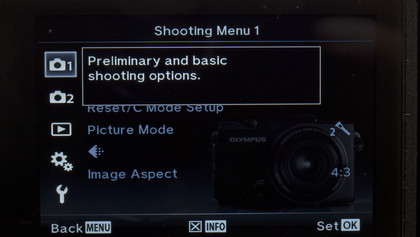
At ISO 3200 coloured specs fill the lighter segments of the frame as well as darker areas, and at ISO 6400 most shooters are likely to agree that the results were unusable.
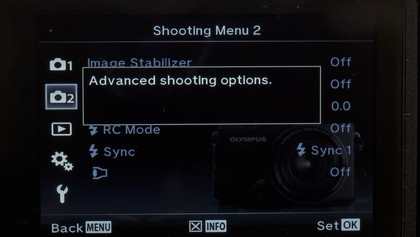
We found that JPEG images captured at sensitivities in excess of ISO 8000 have badly muted colours, degraded textures and blurred details, and by ISO 12800 the images are so mutated that they look more akin to black and white oil paintings than digital images.
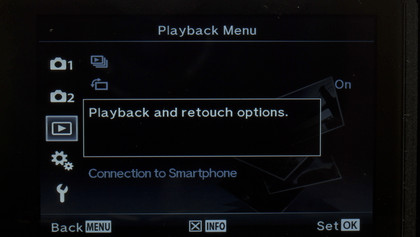
However, the good news is that the XZ-2 shoots in raw format, easing improvements in post-production, and with such a fast lens it is unlikely that these higher sensitivities will be needed very often.
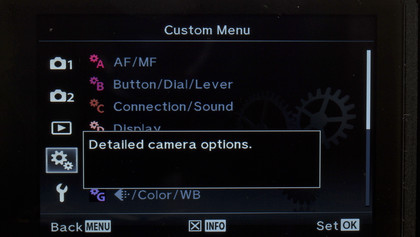
The camera offers a range of metering options and on the whole these perform well in conjunction with manual and semi-manual modes.
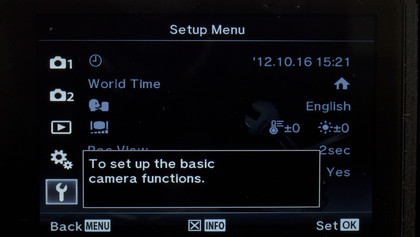
We only noticed a slight bias for exposing for the shadows in iAuto, resulting in some areas of the frame being overexposed.
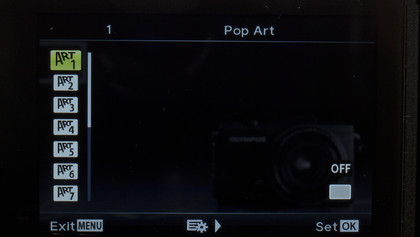
White balance can scarcely be faulted throughout its portfolio, and with so many picture control options also on hand, shooters have little excuse for error.
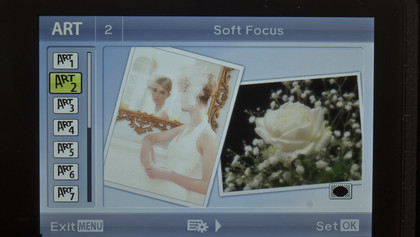
The XZ-2 did fall victim to chromatic aberrations, as do most compacts, but it deals with them better than many, with only minor fringing in particularly high-contrast parts of the frame.
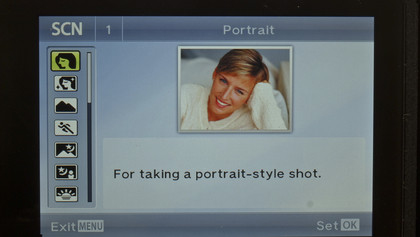
The pop-up flash offers users a pleasing array of options, each proving effective without over-bleaching subjects or dramatically altering colours, and, elsewhere, red-eye reduction flash kept its promise.
